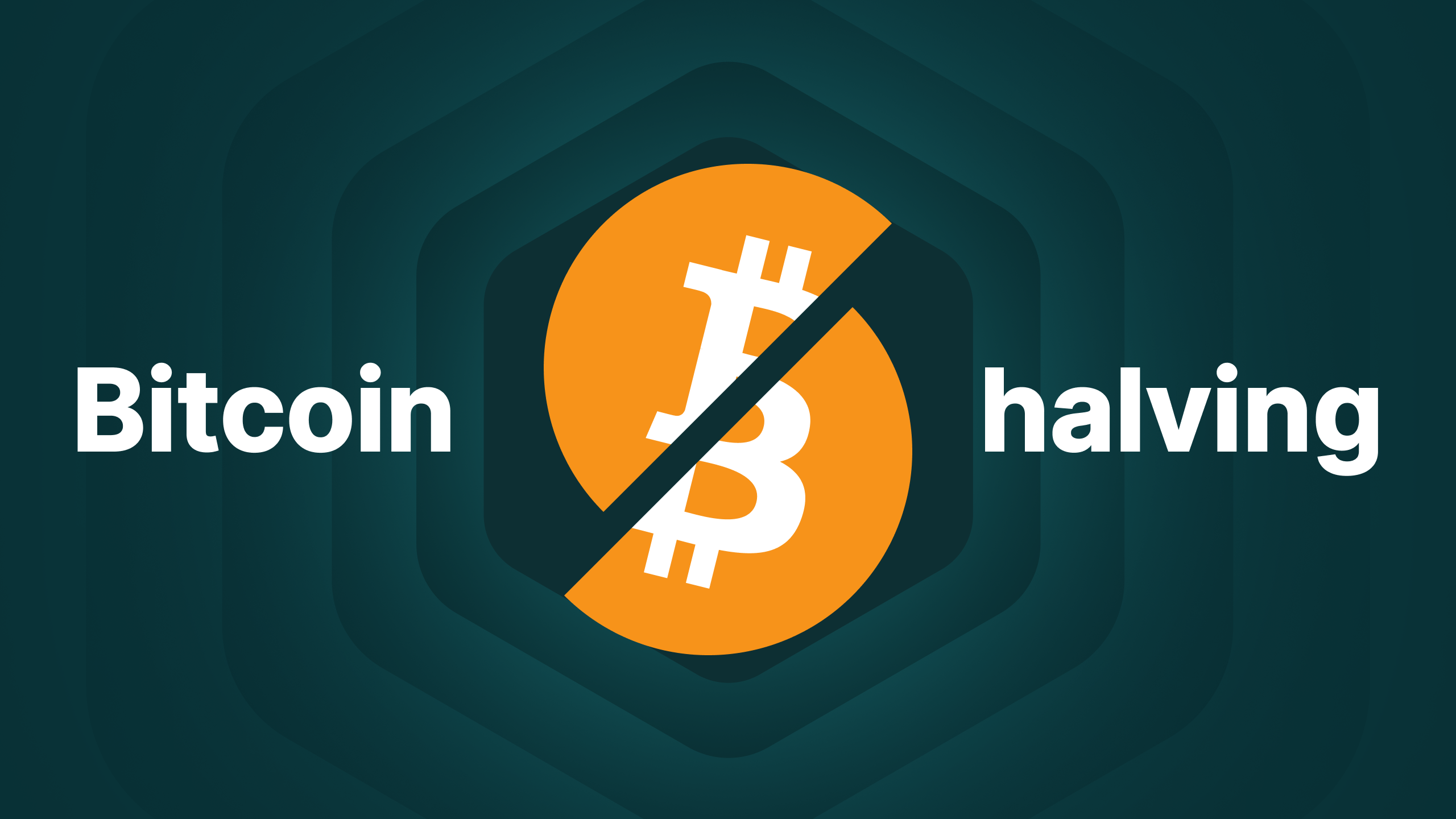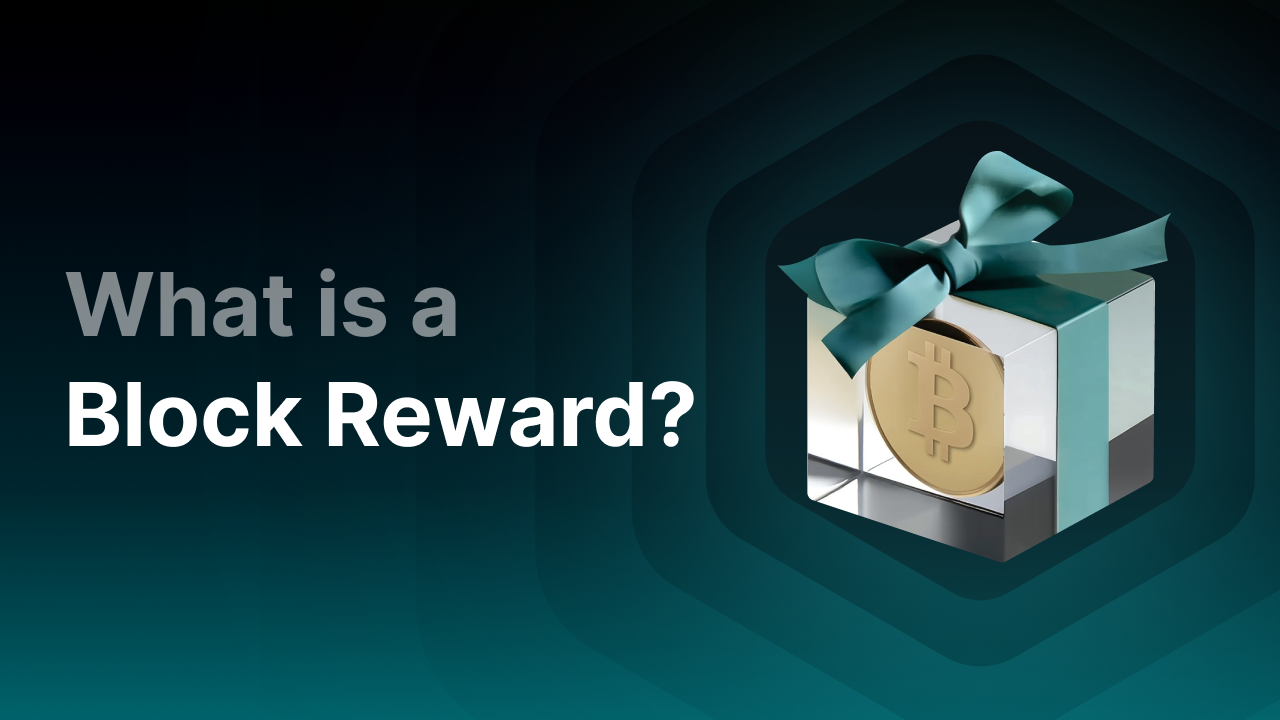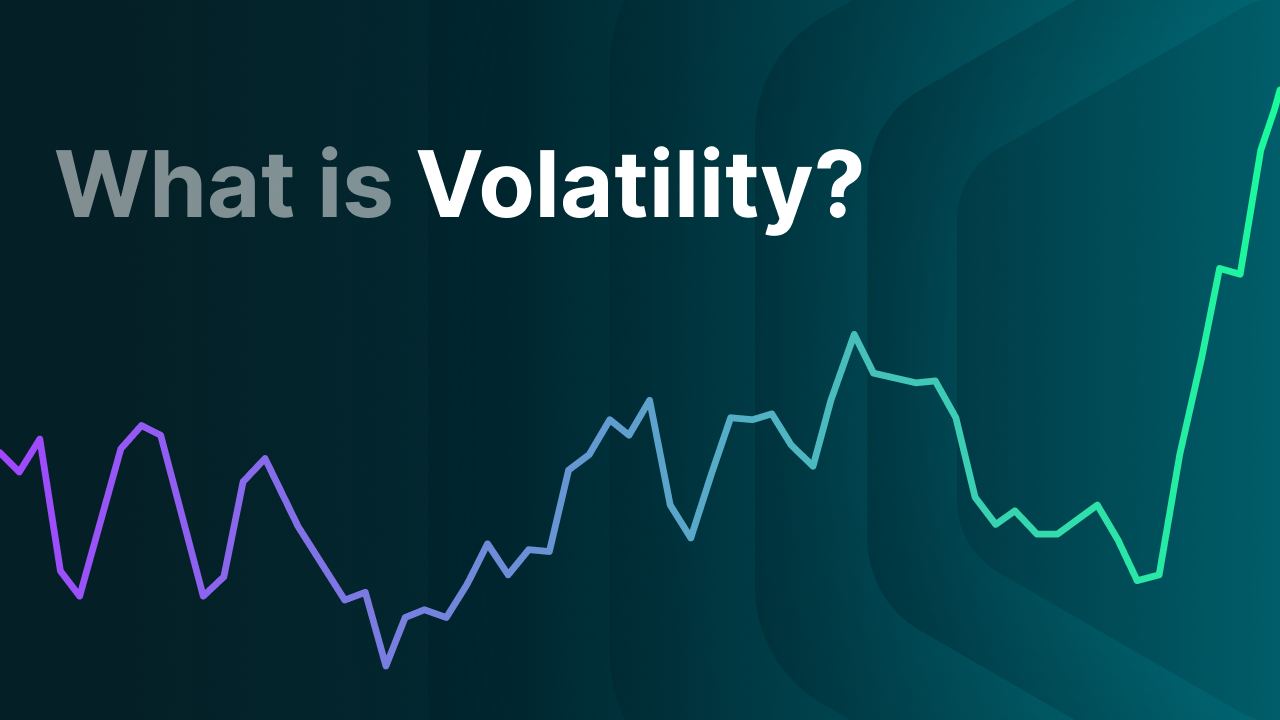Qu'est-ce que le halving du Bitcoin et pourquoi est-ce important ?

Qu'est-ce que le Bitcoin halving ?
Le halving du Bitcoin correspond au moment où la récompense obtenue lors du minage de Bitcoin est réduite de moitié. Cet événement se produit environ tous les quatre ans, après chaque série de 210 000 blocs minés sur le réseau Bitcoin. Il a été programmé dans le code du Bitcoin par Satoshi Nakamoto et ne peut pas être modifié. La récompense reçue par les mineurs est réduite de 50 % lors de cet événement, ce qui signifie qu'ils reçoivent deux fois moins de BTC pour le minage d’un bloc. Tous les 210 000 blocs, la récompense est divisée par deux jusqu'à ce que le maximum de 21 millions de Bitcoins ait été mis en circulation, ce qui devrait se produire vers 2140.
Bitcoin utilise le mécanisme de consensus Proof of Work. Ce mécanisme rend possible le minage de Bitcoin. Des ordinateurs du monde entier tentent 24h/24 et 7j/7 de résoudre en premier des equations mathématiques complexes. Cela permet de valider les transactions et de maintenir la décentralisation et la sécurité du réseau. De nouveaux Bitcoins sont créés pour chaque nouveau bloc miné. Ces nouveaux Bitcoins sont attribués au mineur qui trouve la bonne solution en premier et peut ainsi ajouter un nouveau bloc à la blockchain de Bitcoin. Le halving du Bitcoin a donc un impact majeur sur la communauté Bitcoin car il affecte les récompenses de minages. Les investisseurs attendent donc avec impatience chaque nouveau halving, car il réduit l'offre de nouveaux Bitcoins.
À retenir
-
Le halving du Bitcoin réduit de moitié la récompense des mineurs tous les quatre ans, ce qui réduit l'offre de nouveaux Bitcoins et crée de la rareté.
-
Historiquement, chaque halving a entraîné une augmentation significative du prix du Bitcoin.
-
Le halving vise à freiner l'inflation et à créer de la rareté.
-
Après 2140, aucun nouveau Bitcoin ne sera émis et les mineurs ne recevront plus que les frais de transaction.
-
Des facteurs externes tels que la réglementation, les conditions économiques et l'adoption jouent un rôle majeur sur le marché et peuvent amplifier ou atténuer l'effet d'un halving.
Pourquoi y a-t-il un halving du Bitcoin ?
Vous vous demandez peut-être pourquoi il y a un halving du Bitcoin ? Le créateur du Bitcoin, Satoshi Nakamoto, l'a conçu ainsi afin de limiter l'inflation du Bitcoin et de créer un effet de rareté. En réduisant de moitié la récompense des mineurs tous les 210 000 blocs, l’émission de nouveaux Bitcoins est ralentie. Par ailleurs, seuls 21 millions de Bitcoins seront mis en circulation ce qui contrinue à créer un effet de rareté. Le Bitcoin peut être à l’or. L’or est également rare, ce qui en fait un bon investissement. C'est pourquoi de nombreuses personnes qualifient le Bitcoin d'or numérique. Avec l'adoption croissante du Bitcoin, tous ces facteurs devraient entraîner une augmentation des prix à long terme..
Les précédents halvings du Bitcoin
Entre 2009 et 2012, les mineurs recevaient 50 BTC pour le minage de Bitcoins. Depuis, plusieurs halvings du Bitcoin ont eu lieu. Historiquement, ceux-ci ont souvent eu un impact positif sur le prix du BTC.
Halving du Bitcoin de 2012
Le 28 novembre 2012, le premier halving du Bitcoin a eu lieu. La récompense de minage a été réduite de moitié, passant à 25 BTC par bloc. À cette époque, un Bitcoin valait environ 10 €. Après le premier halving, le prix à atteint 500 € en seulement un an. Un halving très réussi !
Halving du Bitcoin de 2016
En 2016, le deuxième halving du Bitcoin a eu lieu, le 2 juillet. La récompense par bloc est passée à 12,5 BTC et le prix est passé d’environ 600 € à environ 15 000 € en un peu plus d’un an lors du bull run de 2017.
Halving du Bitcoin de 2020
Pendant le bull run de 2020-2021, le Bitcoin a de nouveau atteint un nouveau record historique suite au halving. Le 12 mai 2020, la récompense des mineurs a été réduite à 6,25 BTC par bloc. Le prix du BTC est passé d'environ 8 000 € par BTC à plus de 57 000 € le 11 novembre 2021.
Halving du Bitcoin de 2024
Le quatrième halving du Bitcoin a eu lieu le 20 avril 2024, après le minage du bloc 840 000. À ce moment-là, la récompense par bloc a été réduite à 3,125 BTC. Les investisseurs ont accordé une attention particulière à ce halving, car plus tôt dans l'année, le 10 janvier 2024, le premier ETF spot sur le Bitcoin avait été approuvé par la Securities and Exchange Commission (SEC) américaine, ouvrant ainsi la voie à l'investissement institutionnel dans le Bitcoin.
Bien que le prix du Bitcoin avait déjà augmenté après l'annonce de l'ETF, les investisseurs ont enregistré des gains supplémentaires lorsque le prix est passé d'environ 60 000 € à plus de 100 000 € par BTC en 2025.
Quand aura lieu le prochain halving du Bitcoin ?
Le prochain halving du Bitcoin aura lieu en 2028, lorsque le bloc 1 050 000 aura été miné avec succès. La récompense passera alors à 1,5625 BTC par bloc. Historiquement, le halving du Bitcoin a souvent déclenché un nouveau marché haussier. Cependant, les données historiques ne garantissent pas que les halvings futurs auront le même effet. Le marché des cryptomonnaies, y compris le Bitcoin, est fortement influencé par des facteurs externes tels que l'économie, l'adoption et la réglementation.
Aperçu des halvings futurs
Le processus de halving continue jusqu’à ce que tous les 21 millions de Bitcoins aient été mis en circulation. Cela devrait se produire vers 2140. D’ici là, un nouveau halving aura lieu tous les quatre ans. Voici un aperçu des halvings à venir :
Le prix du Bitcoin augmente-t-il après un halving ?
Si l'on se réfère au passé, le cours du Bitcoin a toujours bénéficié des halvings. Au cours des années qui ont suivi les précédents halvings, nous avons jusqu'à présent toujours constaté une augmentation des cours due à la réduction de l'offre de nouveaux Bitcoins, ce qui crée une plus grande rareté. Toutefois, il est important de souligner que les performances passées ne préjugent pas des performances futures. Le halving du Bitcoin a bien un effet positif sur le marché des cryptos, mais ce n’est certainement pas le seul facteur. On constate également que le marché devient plus volatil en cas de tensions politiques, d'inflation et d'évolutions réglementaires (positives ou négatives). Il est donc très important de toujours faire vos propres recherches et de tenir compte de multiples facteurs dans votre prise de décision.
De plus, le halving du Bitcoin ne fonctionne que si la demande de BTC augmente. Si le réseau devient moins actif et que la demande diminue, les prix peuvent augmenter moins fortement, voire baisser. Si cela se produit, le minage deviendrait moins attractif pour les mineurs en raison de rendements plus faibles.
Que se passera-t-il lorsque le dernier Bitcoin aura été miné ?
Vous vous demandez peut-être pourquoi les mineurs poursuivront leur activité après le minage du dernier Bitcoin. Cela peut sembler être un moment crucial, mais heureusement, il ne se produira qu’en 2140. L'espoir est bien sûr que la demande en Bitcoins reste forte et que le réseau continue de se développer. Les mineurs ne recevront plus de nouveaux Bitcoins, mais seront exclusivement rémunérés par les frais de transaction..
De nouveaux blocs devront toujours être ajoutés pour maintenir le réseau, et donc peu de choses devraient changer. Le modèle économique du minage de Bitcoin évoluera vers la perception de frais de transaction payés par les utilisateurs.
En résumé
Le halving du Bitcoin est un événement important que le marché des cryptomonnaies surveille toujours de près, car il est souvent considéré comme le point de départ d'un bull run. Historiquement, le cours du Bitcoin a toujours réagi positivement aux halvings sur le long terme, tout comme le reste du marché des cryptomonnaies. Les altcoins ont également souvent bénéficié d’un nouveau bull run. Cela s'explique principalement par le fait que le halving entraîne un changement économique fondamental dans l'offre de Bitcoin. Le Bitcoin étant la cryptomonnaie la plus importante, la plupart des altcoins ont encore tendance à suivre la tendance du Bitcoin.
Après les halvings de 2012, 2016, 2020 et 2024, le Bitcoin a toujours atteint un nouveau sommet historique, avec un pic à plus de 100 000 € en 2025.
Toutefois, les performances passées ne préjugent pas des performances futures. L'ensemble du marché des cryptomonnaies est particulièrement dépendant de facteurs externes et de son adoption. L'instabilité politique, la détérioration des conditions financières et la réglementation peuvent également avoir un impact négatif sur le prix du Bitcoin. C'est pourquoi il est important de toujours faire vos propres recherches.
Avertissement : Les informations contenues dans cet article sont uniquement fournies à titre informatif et ne sauraient être considérées comme des conseils financiers. Veuillez toujours effectuer vos propres recherches avant de prendre des décisions d'investissement.



__01KC926A15P1A0X3VR6DBBV1FK.png)
